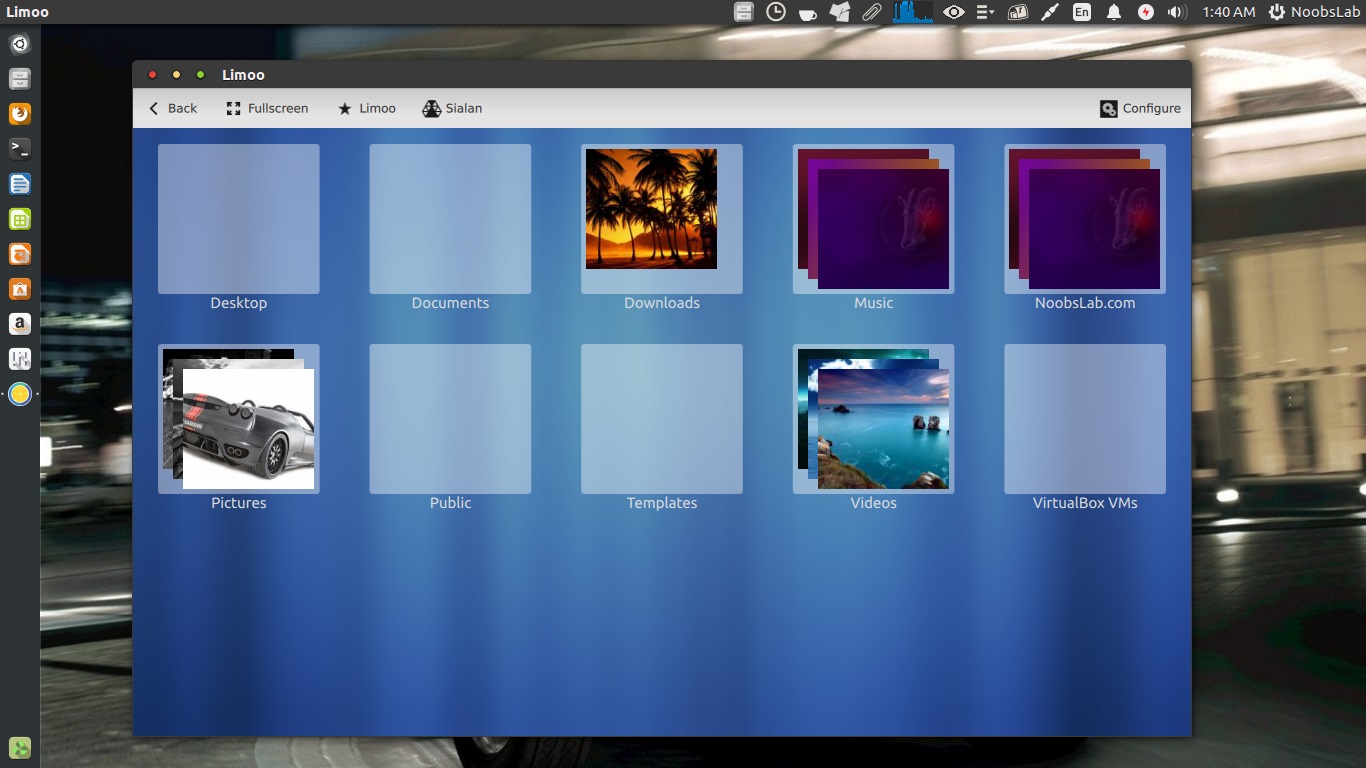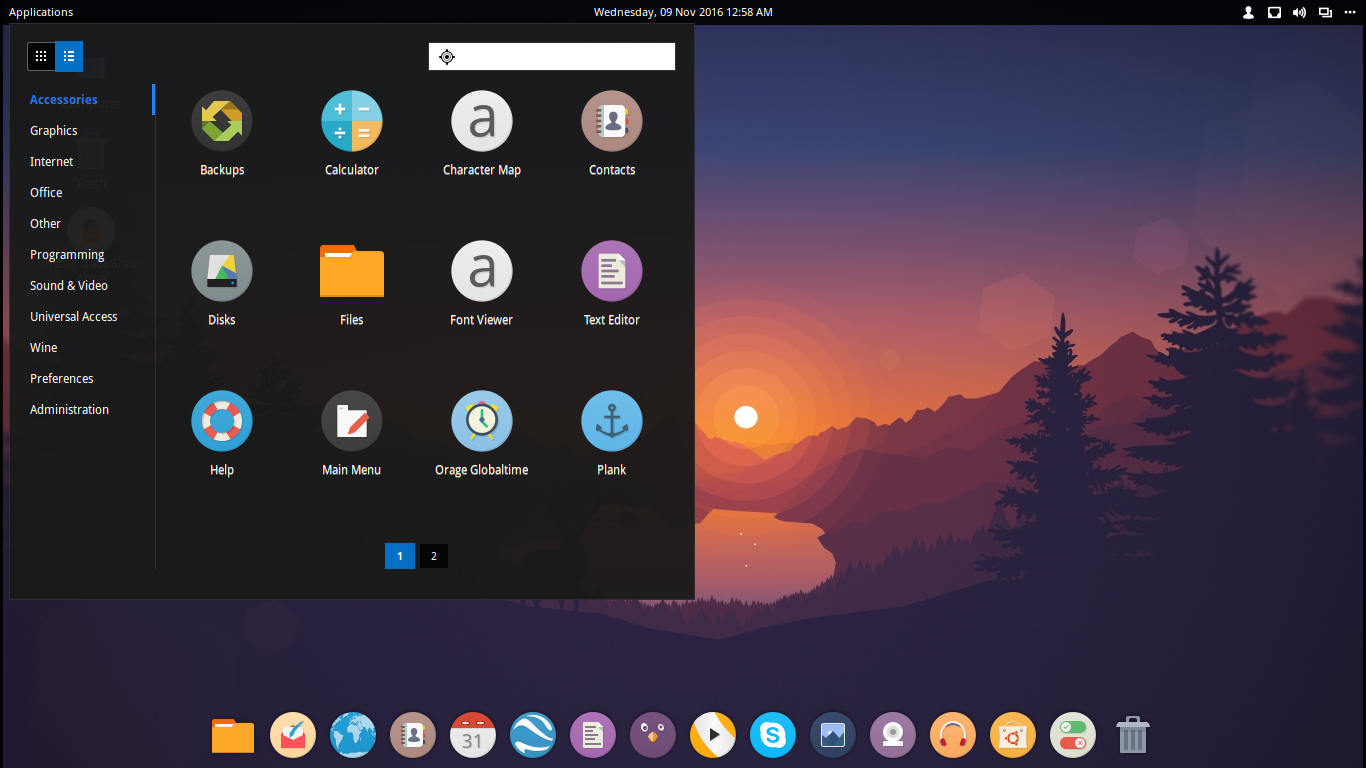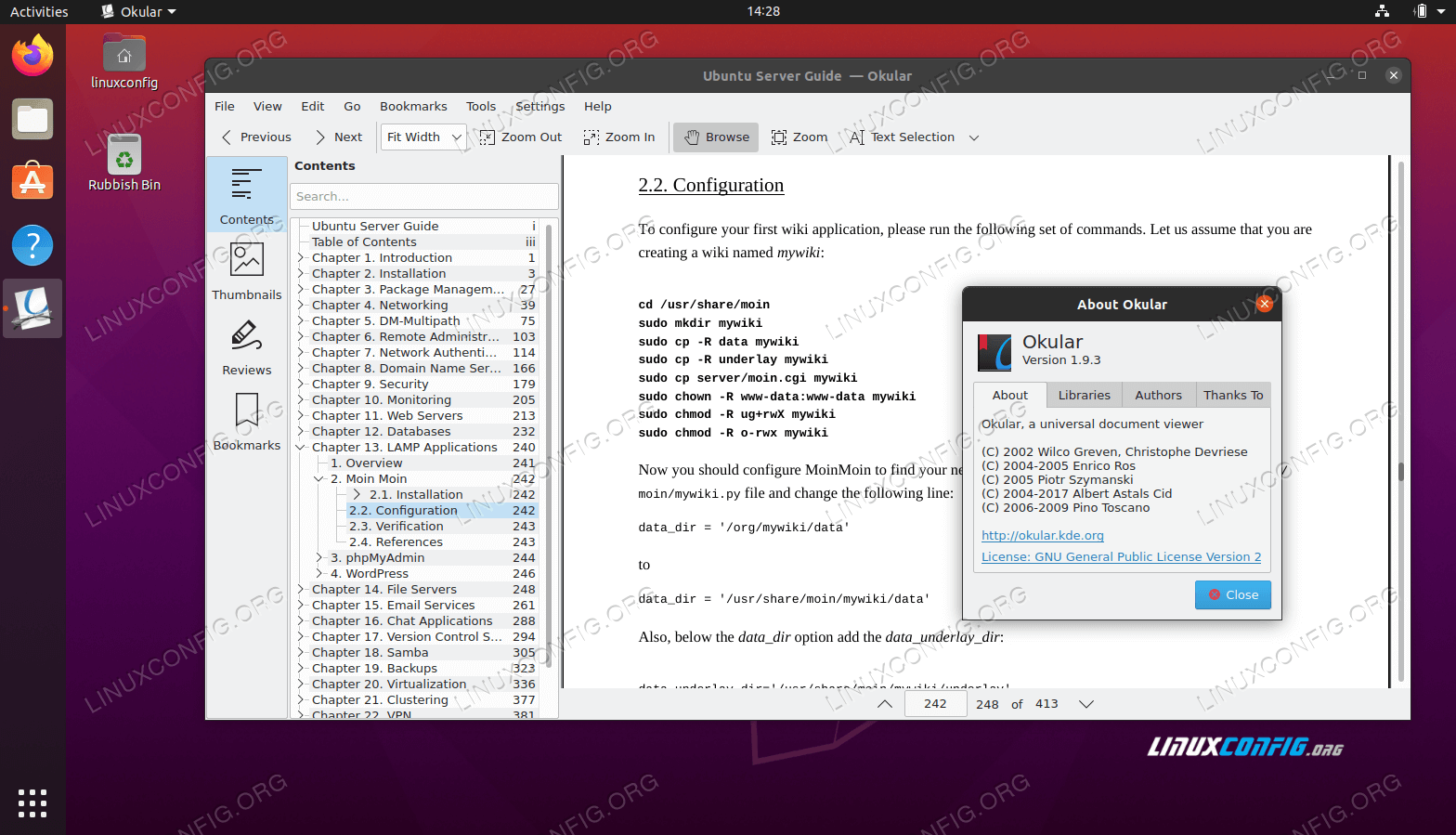

Maybe a bit off topic, but here's a quick&dirty bash script that tiles an image and creates an html page that displays an overview where you can click on a tile to open it in full resolution. To split the image into 5x3 parts and produce one file per part, use the following command: convert -crop inputfile.tif outputfile%0d.tifįor more information about convert, see man convert or take a look at the documentation. 41KP.Īdditionally, you need to increase the maximum disk space: In your case, the image has 40000x12788 pixels, so you only need to change the width to something greater than 40KP, e.g. You need to adjust the maximum size in pixels, which are defined in the following lines: You need to increase the default limits which are defined in /etc/ImageMagick-6/policy.xml (the number 6 may change in future versions). In general, if the image is too big to fit into RAM, you can split it using convert which is part of the imagemagick package. What options do I have if the image is way too big for RAM?

Your best bet is trying GwenView (the default image viewer in Kubuntu, but can be installed in stock Ubuntu as well). GwenView went up to 3.8GB while loading and dropped to 2GB afterwards. The RAM usage gradually increased when editing the image. Gimp went up to 5GB and stayed there when viewing the image and zooming in. Shotwell took up to 5GB of RAM while opening the file and then dropped to 2GB. I did some (non-scientific) experiments and noticed differences between applications in three phases: when loading the image, after loading the image, when zooming in. Furthermore, depending on the application, there may be buffers that also need RAM. And that's where RAM and CPU come into play. When an application wants to display it, it needs to uncompress the image first. Though there’s currently no GUI for save options, sadly.Why can't I open the image in any viewer? It has Save as, so you can use it for image format conversion. Pick Scale to search the window for min and max and set the scale and offset sliders to fill the range. Scale and offset sliders let you adjust image brightness to see into darker areas (useful for HDR and science images). You can select falsecolour and log-scale filters, useful for many scientific images. OME-TIFF) are presented as a single colour image. In pages-as-bands mode, many-page single-band images (eg. In animated mode, pages flip automatically on a timeout. In Multipage, you see a single page at a time, with a page-select spinner (you can also use the crtl- keys to flip pages). In Toilet Roll mode, a multi-page image is presented as a tall, thin strip of images.

It supports four main display modes: Toilet Roll (sorry), Multipage, Animated, and Pages as Bands. Select Display Control Bar from the top-right menu and a useful set of visualization options appear. If you press “d” it toggles a debug display mode which shows the tiles being computed. Hold down i (for “in”) or + to do a smooth zoom on the cursor. CPU load should be low (except for the background workers heh). For each frame, it computes the set of visible tiles, and then the GPU scales, positions and composites just those tiles to the screen. It keeps a sparse pyramid of tiles as textures on the GPU. The interface should stay live even under very heavy load.

It has threaded, asynchronous image repaint, so image tiles are computed in the background by a pool of workers and the screen is updated as they are finished. This means you can open and view huge images quickly. When possible, it will only decompress the pixels that it needs for display, and it understands most pyramidal image formats. It doesn’t need to keep the whole image in memory. Enjoy GIMP, GNU Octave, Spotify, Steam and many more!
Image viewer linux install#
There’s a binary on flathub, so it’s easy to try out (though the flathub binary is missing nifti support – it’s too difficult to build in the container): Flathub-An app store and build service for Linuxįind and install hundreds of apps and games for Linux. It uses your GPU to draw the screen, so you should get a smooth 60fps pan and zoom with most images. It has some visualization tools: falsecolour, range, log, page flip. It supports many pixel types, from 1 bit mono to 128-bit double precision complex. It supports many scientific and technical image formats, including TIFF (with some OME-TIFF support), WEBP, JP2, JXL, HEIC, AVIF, PNG, JPEG, SVS, MRXS, NDPI, OpenEXR, GIF, PDF, SVG, FITS, HDR (Radiance), Matlab, NIfTI, Analyze, CSV, PPM, PFM, etc. 100,000 x 100,000 pixel and more) images quickly and without using much memory.
Image viewer linux free#
This is a free linux image viewer based on the libvips library.


 0 kommentar(er)
0 kommentar(er)
